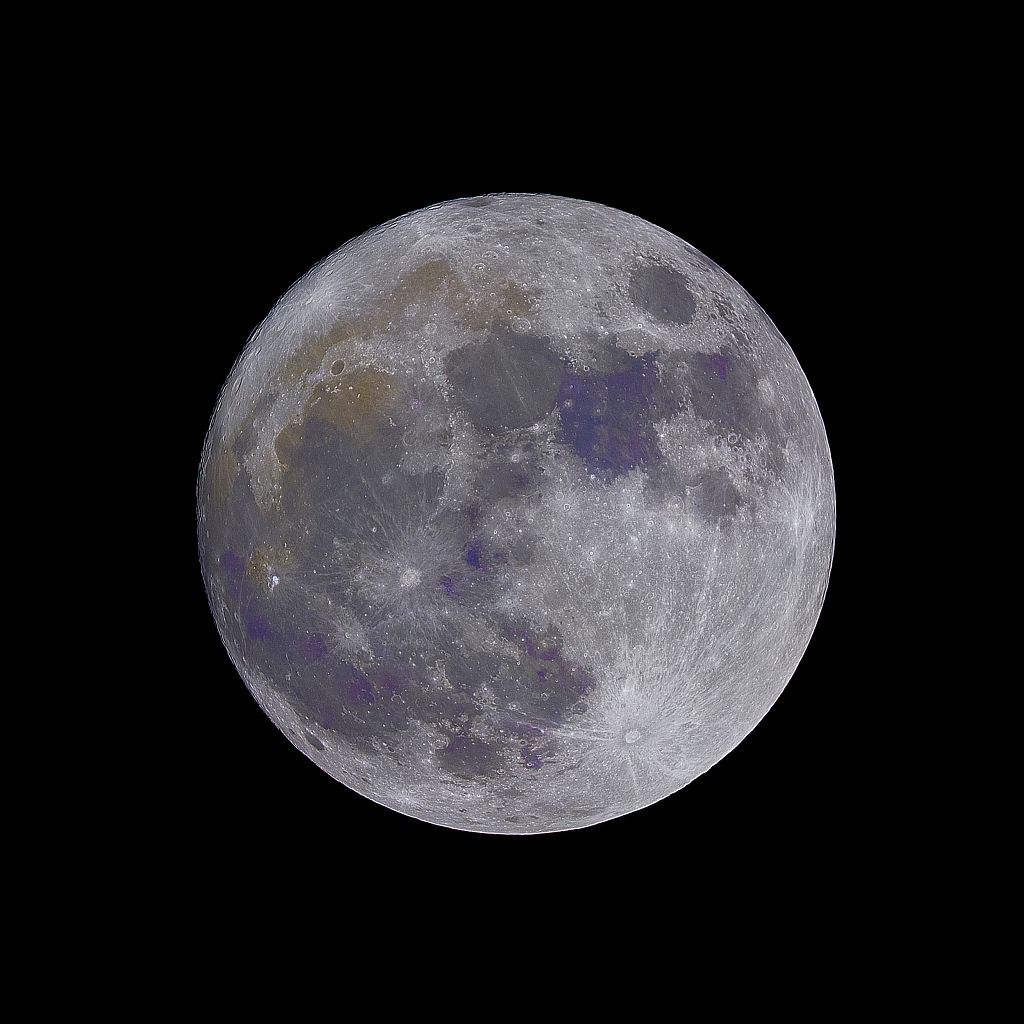Landing an uncrewed vehicle on the surface of the moon or any planet is not easy; space institutions have made multiple attempts after seeing their spacecraft crash on the surface.
Image by wirestock on Freepik
In July 2019, India’s ISRO launched its second moon mission called Chandrayaan-2. The ISRO orbiter reached the moon on September 7, 2019, and the lander called Vikram with its rover, separated from the orbiter. The lander then changed its orientation, fired its retro rockets and slowed its descent to the surface. When the lander was just 400 meters away from the surface, there was a sudden communications blackout, and the lander crashed.
ISRO attempted another moon landing mission this year, Chandrayaan-3, and was successful this time.
In April 2023, a private Japanese moon lander, Hakuto-R, crashed on the moon because its onboard altitude sensor got confused by the rim of a lunar crater.
The Russian agency Roscosmos launched a mission to the moon at the same time as the Chandrayaan-3 mission and was not successful. The Russians were competing with India to get to the moon’s south pole first. However, their lander Luna-25 crashed on the moon a few days before ISRO’s lander Vikram touched down on the surface. This was Russia’s first moon mission in 50 years.
Risky Missions
So why do spacecraft crash and why do missions fail?
Uncrewed space missions rely on precise calculations made by onboard computers. These spacecraft are highly autonomous in their maneuverability, especially during the descent phase of the mission. Hence, the logic or program their computers follow has to be highly accurate and account for nearly every situation. These onboard computers control the rockets on the lander and orbiter, continuously adjusting speed, altitude, and attitude.
Mission control on Earth can control these spacecraft. However, communication with the spacecraft takes time since it is millions of kilometers away from Earth. The moon is 280,000 Km away from the Earth; therefore, it takes nearly two seconds for a signal to travel each way between Earth and the lander. It takes up to 20 minutes for a signal to travel from Earth to a rover on the surface of planet Mars.
Because of this latency, the uncrewed spacecraft must have high autonomy and rely on precise computations and logic in its software.
Clint Crosier, Director of Aerospace and Satellite, Amazon Web Services, said there is limited bandwidth for communications and a lot of data to be transmitted.
“Not only are we operating with small comm pipes, but we also have to deal with latency. For instance, the Hope probe that the UAE sent to Mars or NASA’s rover is 300 million miles from Earth. That’s a lot of latency to deal with,” said Crosier, who served 33 years in the U.S. Air Force and U.S. Space Force.
This writer spoke to Crossier during his India visit in October.
Controlled Descent
A soft landing is a controlled landing, wherein retro rockets on the lander are fired to slow down the descent. The lander’s speed must be reduced from 6,000 Km/h to 7.2 Km/h. As the lander approaches the surface, it attempts to hover stationary for a few seconds before continuing a slow descent and then doing the final touchdown. That’s called a soft landing.
While doing this, the lander must continuously gauge the distance from the surface, and its rockets must adjust the thrust, guided by onboard computers. This happens autonomously, and the mission specialists on Earth cannot control this.
Also, if the lander “sees” craters or rocks in the designated touchdown spot, it has to fire its rockets again, move to the side and try to “find” a flat surface.
What Could Go Wrong When Landing on The Moon
As mentioned earlier, the lander relies on precise calculations made by its onboard computers and software. An incorrect calculation would send the wrong instruction to the rockets, and the thrust could be too little or too much, causing the lander to descend too fast or stall (for less thrust). Or the spacecraft’s altitude could be incorrectly calculated. And hence, it will crash.
The lander’s orientation must also be proper – 90 degrees to the surface. This is determined by onboard sensors.
Apart from this, the lander needs sufficient energy for the descent. That means enough fuel for its rockets and enough power for its electronic sensors and computers. This power comes from batteries and solar panels – which must be large enough. The power is also used for maintaining a constant temperature within the spacecraft. External temperatures are extreme.
And these are some reasons why spacecraft crash when landing on the moon.
ISRO learned from its failure with the Chandrayaan-2 mission and ensured there were redundant systems, enough fuel, and large solar panels on the Vikram lander this time. Mission control carefully analyzed the data from the Chandrayaan-2 mission to determine the cause of failure – and took corrective action.
That’s why the mission Chandrayaan-3 was a success!
Now, Nasa wants to know ISRO’s success story for landing on the moon.









